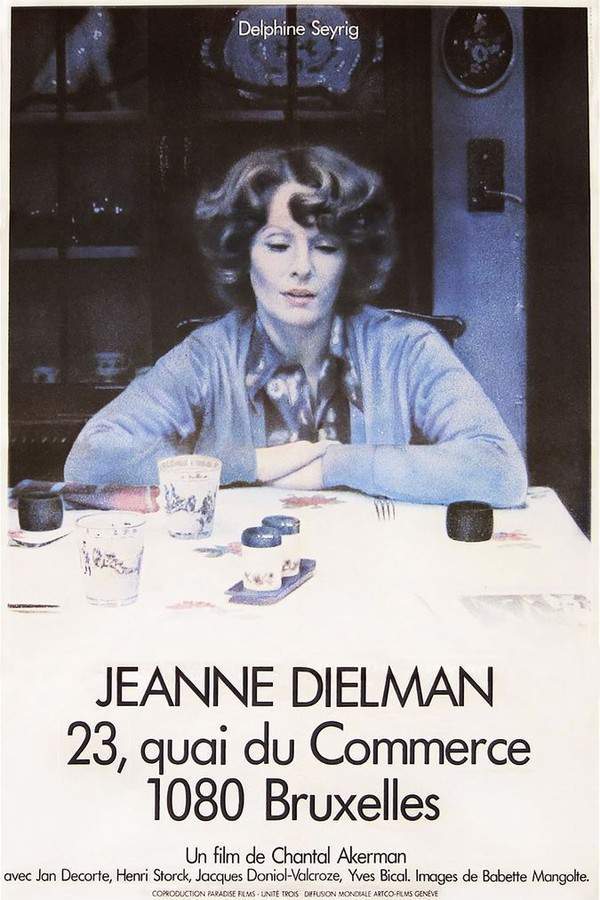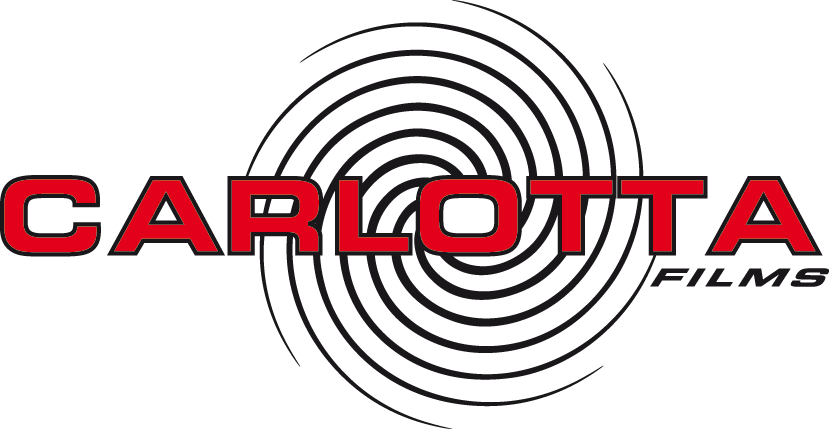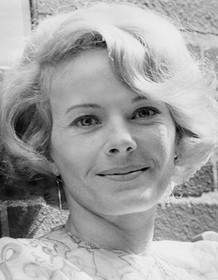Jeanne Dielman, 23, quai du commerce, 1080 Bruxelles 1978

In 1970s Brussels, the widowed Jeanne Dielman meticulously maintains a strict routine of housework and occasional prostitution to survive. Her days are a precise sequence of domestic tasks, but this fragile balance is threatened when unexpected events disrupt her carefully planned life. As the rhythms of her existence are challenged, Jeanne's composure begins to unravel, leading to a profound and unsettling confrontation with her circumstances.
Does Jeanne Dielman, 23, quai du commerce, 1080 Bruxelles have end credit scenes?
No!
Jeanne Dielman, 23, quai du commerce, 1080 Bruxelles does not have end credit scenes. You can leave when the credits roll.
Meet the Full Cast and Actors of Jeanne Dielman, 23, quai du commerce, 1080 Bruxelles
Explore the complete cast of Jeanne Dielman, 23, quai du commerce, 1080 Bruxelles, including both lead and supporting actors. Learn who plays each character, discover their past roles and achievements, and find out what makes this ensemble cast stand out in the world of film and television.
External Links and Streaming Options
Discover where to watch Jeanne Dielman, 23, quai du commerce, 1080 Bruxelles online, including streaming platforms, rental options, and official sources. Compare reviews, ratings, and in-depth movie information across sites like Wikipedia, Rotten Tomatoes or Metacritic.
Ratings and Reviews for Jeanne Dielman, 23, quai du commerce, 1080 Bruxelles
See how Jeanne Dielman, 23, quai du commerce, 1080 Bruxelles is rated across major platforms like IMDb, Metacritic, and TMDb. Compare audience scores and critic reviews to understand where Jeanne Dielman, 23, quai du commerce, 1080 Bruxelles stands among top-rated movies in its genre.

94
Metascore
6.9
User Score


95%
TOMATOMETER

78%
User Score
Take the Ultimate Jeanne Dielman, 23, quai du commerce, 1080 Bruxelles Movie Quiz
Challenge your knowledge of Jeanne Dielman, 23, quai du commerce, 1080 Bruxelles with this fun and interactive movie quiz. Test yourself on key plot points, iconic characters, hidden details, and memorable moments to see how well you really know the film.
Jeanne Dielman Quiz: Test your knowledge on the film 'Jeanne Dielman, 23, quai du commerce, 1080 Bruxelles' and its deeper themes, characters, and plot twists.
What is the primary focus of Jeanne Dielman's daily routine?
Traveling and exploring
Cooking, cleaning, parenting, and running errands
Socializing with friends
Working in an office
Show hint
Full Plot Summary and Ending Explained for Jeanne Dielman, 23, quai du commerce, 1080 Bruxelles
Read the complete plot summary of Jeanne Dielman, 23, quai du commerce, 1080 Bruxelles, including all major events, twists, and the full ending explained in detail. Explore key characters, themes, hidden meanings, and everything you need to understand the story from beginning to end.
The film intricately explores the life of a widowed mother whose meticulously structured days revolve around cooking, cleaning, and mothering, while also managing her daily errands over a span of three days. The character, Jeanne Dielman, whose name is revealed solely in the title and a letter she reads to her son, supplements her income by engaging in sexual encounters with a different client each afternoon, just before her son returns from school. For Jeanne, this prostitution is woven into her monotonous routine, carried out with an almost mechanical precision.
However, after a visit from a client on the second day, Jeanne’s meticulously organized life begins to show signs of disarray. She overcooks potatoes during dinner preparation, meanders throughout her apartment with the pot, and forgets crucial tasks such as placing the lid on the urn where she keeps her earnings. Her forgetfulness extends to leaving lights on in various rooms, missing a button on her house coat, and even dropping a recently washed spoon. These gradual deviations from her established routine escalate on the third day when her client arrives.
During the encounter, a complex mix of emotions brews within Jeanne; she grapples with either experiencing an orgasm or feeling a profound disgust for her actions. Following the encounter, she dresses and instead of providing comfort to her client, she shocksingly turns violent, using scissors to stab him to death. After committing this act, she quietly retreats to her dining room table, where she sits in eerie stillness, leaving the audience to ponder the profound implications of her life and choices.
Uncover the Details: Timeline, Characters, Themes, and Beyond!

Coming soon on iOS and Android
The Plot Explained Mobile App
From blockbusters to hidden gems — dive into movie stories anytime, anywhere. Save your favorites, discover plots faster, and never miss a twist again.
Sign up to be the first to know when we launch. Your email stays private — always.
Discover Film Music Concerts Near You – Live Orchestras Performing Iconic Movie Soundtracks
Immerse yourself in the magic of cinema with live orchestral performances of your favorite film scores. From sweeping Hollywood blockbusters and animated classics to epic fantasy soundtracks, our curated listings connect you to upcoming film music events worldwide.
Explore concert film screenings paired with full orchestra concerts, read detailed event information, and secure your tickets for unforgettable evenings celebrating legendary composers like John Williams, Hans Zimmer, and more.



Unlock the World of Movies with Our Comprehensive Wiki
Dive into our Movie Wiki for in-depth film encyclopedia entries, including cast biographies, production trivia, plot synopses, behind-the-scenes facts, and thematic analyses. Whether you’re researching iconic directors, exploring genre histories, or discovering hidden easter eggs, our expertly curated movie database has everything you need to fuel your cinematic passion.

Quick Links: Summary, Cast, Ratings, More

What's After the Movie?
Not sure whether to stay after the credits? Find out!
Explore Our Movie Platform
New Movie Releases (2026)
Famous Movie Actors
Top Film Production Studios
Movie Plot Summaries & Endings
Major Movie Awards & Winners
Best Concert Films & Music Documentaries
Movie Collections and Curated Lists
© 2026 What's After the Movie. All rights reserved.















